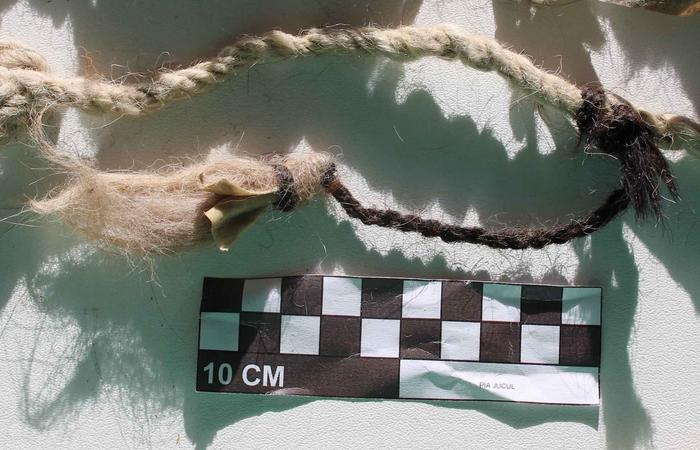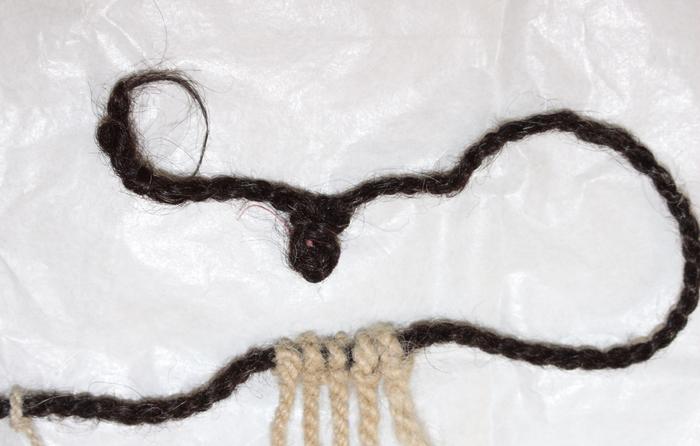Inkan commoners – not just elites – wove khipus, knot-based recordkeeping systems
Many Spanish colonial-era documents record that only male Inka elites were allowed to make khipus – cord systems made of intricate knots strategically placed to convey information. Now, an analysis of human hair woven into a khipu by its creator suggests that low-ranking Inkans also wove khipus.
Results show that the person who made the khipu ate a commoner’s diet of tubers and greens, rather than a bureaucrat’s diet of meat and maize. Recent research has shown that women also made these recording systems – corroborating reports by a contemporary Indigenous Andean chronicler. Moreover, evidence that hacienda laborers produced and used khipus in the 19th and 20th centuries has further challenged the idea that khipu literacy was the sole domain of elites.

Now, Sabine Hyland and colleagues provide more proof that low-ranking Inka commoners were also khipu specialists (or khipukamayuqs). These chroniclers often incorporated their own hair in khipus as a signature. The researchers performed isotopic carbon, nitrogen, and sulfur mass spectrometry on a strand of human hair woven into the primary cord of a khipu (KH0631) from around 1498 CE with unknown provenance.

By doing so, Hyland et al. found that the khipukamayuq who created KH0631 ate a diet of tubers and greens. Commoners mainly consumed these foods, unlike Inka elites who feasted on maize (primarily via beer) and meat. Further spectrometry to measure oxygen and hydrogen isotope values determined that this low-ranking khipukamayuq likely lived in present-day southern Peru or northern Chile.

Bibliographic information:
Sabine Hyland, Kit Lee, Sanna Laukkanen, Hannah Koon, Luke Spindler, Stable Isotope Evidence for the Participation of Commoners in Inka Khipu Production, Science Advances, DOI: 10.1126/sciadv.adv1950
Press release from the American Association for the Advancement of Science – AAAS


